I have some code that creates a graph using the Bitmap class. The quality of the produced bitmap, however, is pretty poor, how can I improve the quality of this? Note that I am using the Compact Framework!
Here is a few snippets of how I do various things:
Create a bitmap with a background based on an existing jpg
Bitmap bitmap = new Bitmap(filename);
I then create a Graphics class from the bitmap
Graphics myG = Graphics.FromImage(bitmap);
I then draw to the graphics like so:
myG.DrawLine(majorAxisPen, graphRect.Left, graphRect.Bottom, graphRect.Right, graphRect.Bottom);
After drawing everything I need to I then save out the Bitmap like so:
bitmap.Save(fileDestination, System.Drawing.Imaging.ImageFormat.Jpeg);
Here is the image it produces
